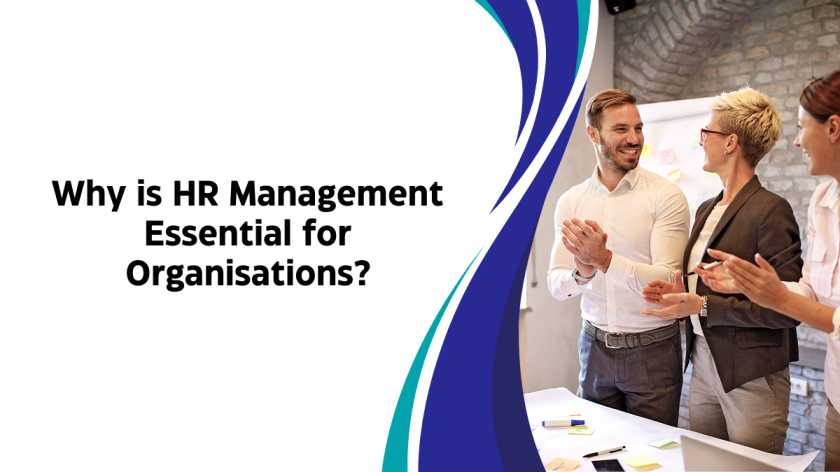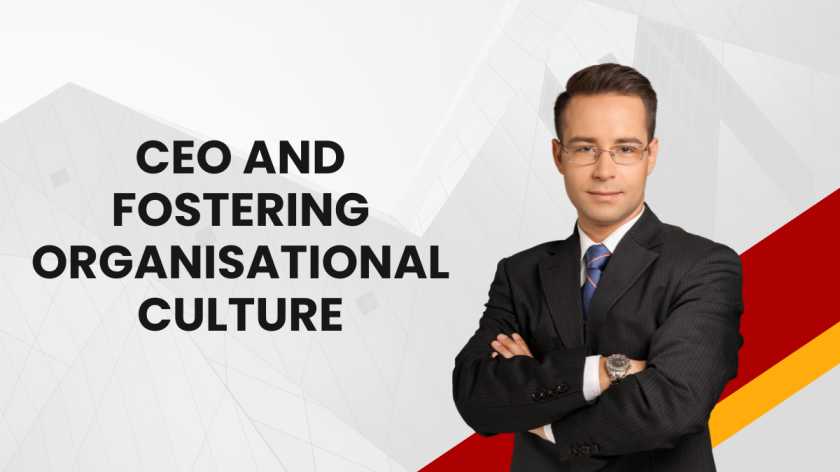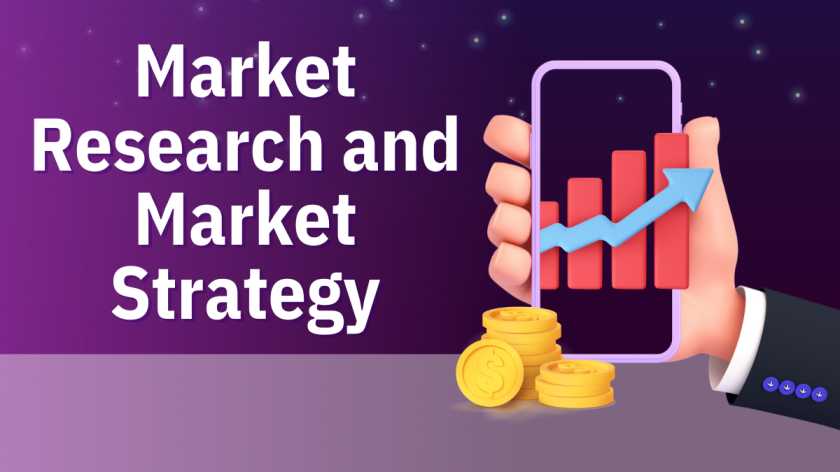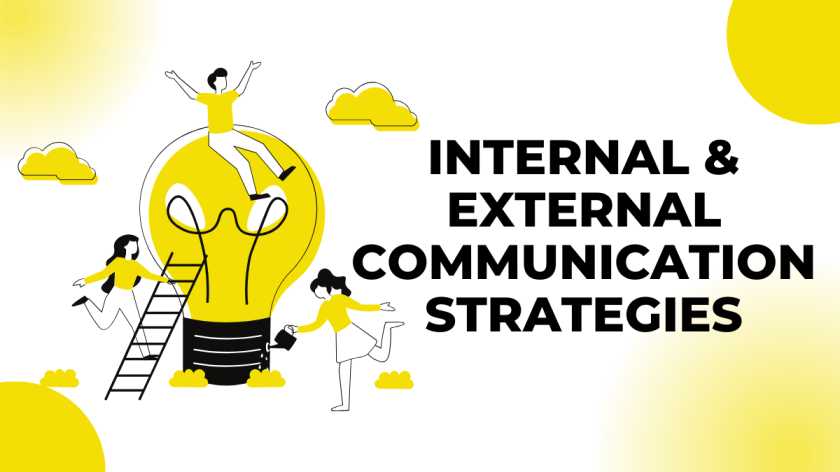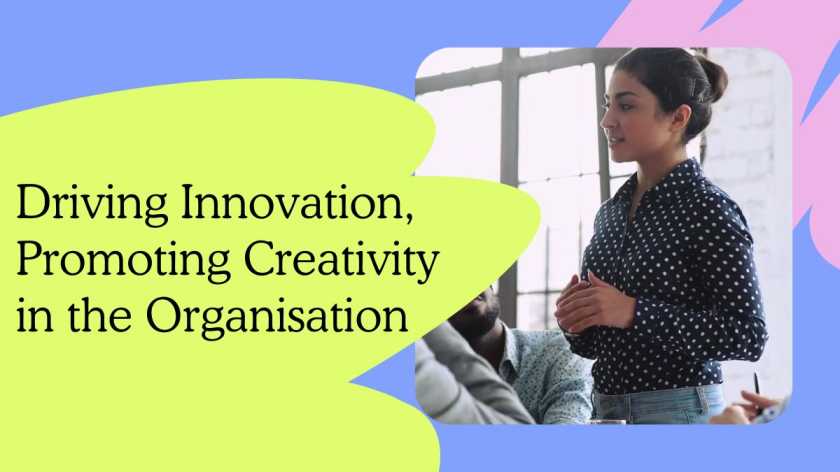For any organisation to run successfully, a number of factors play a crucial role. Companies are dependent on the competency of their employees to accomplish their goals. It is expected that problems will arise when employees from different backgrounds work together as a team towards a common goal.
Human Resource (HR) professionals are responsible for designing job roles and creating a work system for the employees of an organisation to follow. They are also responsible for resolving any problems during the work lifecycle. These professionals use several methods for solving any issues that may arise.
If you want to study human resources online, this guide will help you understand the concepts of job designing, working systems, and statistical analysis for problem-solving.
What is Job Design?
Job design can be described as the process companies use to create a new job role or add new duties to any existing job. It can involve creating new positions or adjusting the tasks of a current position. This allows organisations to reach their goal easily with every employee performing a set task.
The goal of HR managers is to design work duties specific to a professional. This allows the employee to maximise their performance and stay motivated and engaged. The main purpose of job designing is to integrate necessary duties and qualifications for performing a particular task to maximise performance and increase value.
With effective job designing, HR managers can determine an employee’s ability to complete tasks and their pace of working.
Goals of job design
Job designing is very crucial in every organisation. Here are its main goals:
- Boosting employee productivity and motivation.
- Streamlining the work, hence accomplishing organisational goals.
- Identifying the employees’ training needs and enhancing their skills.
- Improving the work-life quality of employees.
- Eliminating the need for levels of supervision.
Elements of job design
There are several crucial elements of job design. They include:
- Duties that the employees must complete in a set time.
- The jobs must be designed so that the employees are motivated to do the job.
- Companies are responsible for effective resource allocation to every job role. Appropriate allocation of resources can boost innovation.
- Monetary as well as non-monetary reward systems should be incorporated into the job design since they will motivate the employees to work better.
Need for job design
Job design is needed in almost every organisation across the world. There are several ways in which it helps companies and managers. Some of them have been listed below:
- Align the employees with the business: With effective job design, the values of the company and the employees can be aligned. This can help in increasing productivity and decrease turnover.
- Boost employee motivation: When the responsibilities of a job role are well-defined, it can help increase motivation and reduce any job duty confusion that may arise.
- Gain a competitive edge: The landscape and expectations for work are ever-evolving. With regular job design, businesses can stay up-to-date on such changes to attract top talent. This also allows existing employees to succeed in their positions and enhance their competence.
Job design also has an impact on several administrative factors, such as:
- Job enlargement: When job design is done on existing roles, making changes to the job role, the job expands to a broader position. This helps cover a large number of duties.
- Task or machine pacing: Having set job roles, employees can stay on track and complete their tasks on time.
- Defined work process: It helps reduce employee confusion as they become aware of the details of their job process.
- Repetitiveness: By ensuring that the tasks are not becoming repetitive for the employees, managers can boost employees’ morale.
Strategies for job design
Here, we have listed some examples of job design strategies that can be used to increase efficiency and productivity.
-
Job enrichment
When a manager adds certain motivational factors to an already established job role, it can be defined as job enrichment. A leader or manager might offer employees additional feedback, or they might make natural work units. This is when the manager groups tasks to increase efficiency and task identity.
-
Job rotation
Job rotation can be described as the process in which employees are moved between job roles. This kind of job design helps the employees boost their skills as well as learn from different experiences that they otherwise won’t have. This helps in increasing employee flexibility and also allows them to finish any additional duties.
-
Job enlargement
Job enlargement is when tasks are added to a single position, allowing employees to expand their skills and knowledge. This also helps in reducing monotony and will enable employees to take on any additional responsibilities.
-
Job simplification
As the name suggests, this is when managers, instead of adding tasks, remove them. Even though this might seem contrary to job design, it helps narrow down a role to some specific task or a set of functions. This approach is used in companies generally when a position becomes unmanageable.
-
Job crafting
This happens when employees get additional responsibilities with time. This might include the kind of tasks that they are responsible for, the scope of the tasks, and also checks if the new duties are increasing their interaction with other departments or employees.
If you want to learn about the strategies in detail, a credible HR Analytics course will be ideal for you.
Components of job design
Several managers depend on a style of job design that emphasises five key job features when creating or recreating a job role. These characteristics can help enhance employee motivation and satisfaction. The five components are:
- Skill variety: This describes how many skills are needed for a specific job role. Positions that require an extensive skill variety positively challenge employees, encouraging them to gain understanding in certain areas.
- Task identity: It refers to whether an employee completes a task or contributes to only a piece of it. Jobs allowing their employees to achieve their whole work or objectives are more rewarding than the ones where they are just a part of it.
- Feedback: The response that the employees receive for their effectiveness in a role is known as feedback. It includes both work and external factors like customer satisfaction.
- Task significance: This refers to how a job can impact others within and outside the organisation. When employees feel that their work has positively affected people, they might feel motivated and satisfied.
- Autonomy: It signifies how much freedom and independence an employee has. Having more autonomy can make employees feel more responsible about their duties.
Steps involved in job design
The steps listed below help HR managers design jobs effectively, thus optimising employee performance. This also helps increase employee engagement and avoid any boring or repetitive tasks. The process of job design is as follows:
Step 1: HR managers must decide the essential contents in the job description. They should avoid listing automated tasks that can be performed on the machine.
Step 2: HR managers must consider the skills and knowledge needed to perform the job.
Step 3: They will have to decide the length of the job — full-time or part-time hours. The working hours must be set precisely since it will cost the organisation.
Step 4: They must confirm no overlapping duties with other jobs.
You can choose to study human resources online to have a proper understanding of how you should apply the steps mentioned here.
Work System Basics
A work system can be defined as a system where people and machines perform activities and processes with the help of information and technology to produce products and services for customers.
Work system framework
The work system framework consists of nine main elements. This framework outlines parts of a static work system view. Here, the small details might change incrementally with time but without changing the overall structure, integrity, or identity.
The elements of the work system framework are as follows:
- Customers: They are the recipients of the products and services of a work system. Analysing the target audience is essential when developing the work system for an organisation.
- Products and services: These are the outputs of a work system. Products and services contain information, physical items, or actions that the customers use.
- Processes and activities: These are actions necessary for producing products and services for the customers. This framework element is highly dependent on human judgment and improvisation since it is either done manually or by using a human-operated machine.
- Participants: These are the individuals who perform work in the work system. Participants are an essential resource for the smooth functioning of any work system.
- Information: It can be described as entities created, used, captured, stored, transmitted, retrieved, displayed, or deleted by activities and processes.
- Technologies: This includes tools used by the work system participants and automated agents, hardware, or software configurations performing completely automated activities.
- Environment: It includes the relevant cultural, organisational, technical, competitive, demographic, and regulatory environment in which the work system operates. It affects the efficiency and effectiveness of the work system.
- Infrastructure: It includes the technical, human, and informational resources used by the work system; however, they are managed out of it and shared with other work systems.
- Strategies: There are three types of strategies — organisation strategy, enterprise strategy, and work system strategy. The processes at the three levels must be in alignment, and the organisation and enterprise strategies should support work system strategies.
What are high-performance work systems?
Now that we have a basic understanding of work systems, let us understand what high-performance work systems are.
It can be defined as a set of strategic HR management initiatives which help businesses decentralise the decision-making process for improving firm profitability and performance. Companies leveraging high-performance work systems are determined to develop a number of HR practices aiming to:
- Improve workplace camaraderie and morale.
- Distribute the authority and decision-making power.
- Enhance all employee training programmes.
- Boost the job security, well-being, and compensation of employees.
- Make information and knowledge readily available.
- Stress on employee involvement based on the commitment to organisational goals.
High-performance work systems (HPWS) stand in contrast to the more traditional organisational performance management practices focusing on:
- Minimising employee benefits
- Centralised authority and power
- Reducing employee cost
- Sourcing help from zero-hour contracts
High-performance work systems are a process of continuous improvement. To build a successful HPWS, companies will have to hire selectively and ensure that leaders are able to recognise the intrinsic values of their employees.
A crucial step to becoming a high-performance organisation (HPO) is to undergo a mindset shift. In this shift, the company’s employees are seen as a competitive advantage instead of an expense.
In HPWS, the intellectual capital of a company is the main advantage. Intellectual capital is the value of a company’s employees’ knowledge, skills, training, and proprietary information.
To make this shift:
- The employees of the company must have skills and knowledge complementary to their managers (achieved from a combination of selective hiring along with skill training).
- The employees should be motivated and encouraged to apply their skills to achieve the organisational goals.
- The company’s strategies to achieve the goals should rely on the knowledge and skills of the employees.
Since the decision-making authority is distributed, employers should trust their employees to work effectively and feel empowered to make the right choices. In return, the employees are expected to be highly confident, competent, accountable, and engaged.
What is the purpose of high-performance work systems?
The main idea behind HPWS is to create a substantial competitive advantage in the industry. This advantage comes with the intellectual capital of the company rather than any other new feature. Even though the new feature can be replicated by your competition in some time, it takes more work to replicate talent.
It is a powerful approach for enhancing the engagement and morale of employees. To have an effective, high-performance work system, there must be an organisation-wide commitment to change, clear communication about expectations and goals, and a high degree of employee-employer trust.
If you want to understand the workings of HPWS, a certification course in HR management will be ideal for you. It will help you understand the purpose and workings of HPWS.
What is Statistical Analysis?
Statistical analysis can be defined as the process of collecting data and then applying statistical and other data analysis techniques to identify patterns, trends, and insights. Professionals find correlations between the variables in the raw data to find trends and patterns.
It helps eliminate any unnecessary information and helps in effortlessly cataloguing essential data. This makes the tedious process of organising inputs much simpler. Using statistical data analysis for problem-solving has many benefits, which is why almost every organisation in the world uses it today.
There are several types of statistical data analysis. Some of them have been briefly mentioned below:
- Descriptive analysis: In this type of data analysis, you will have to collect, interpret, analyse, and summarise the data for presenting them in the form of graphs, tables, and charts. Instead of drawing any conclusions, it makes the complex data comprehensible enough to understand and read.
- Inferential analysis: This type focuses on drawing meaningful conclusions based on the data that has been analysed. The relationship between the different variables is studied, and predictions are made.
- Prescriptive analysis: In this method, data analysis is conducted to prescribe the best action course depending on the results. This type of statistical analysis helps in making an informed decision.
- Causal analysis: This type of analysis focuses on determining the cause-and-effect relationship among the various variables within the raw data. It helps determine why something happens and its effect on other variables. It is used in organisations to assess the reason for failure.
- Exploratory data analysis: This method is quite similar to inferential analysis. However, the difference is that in this method, unknown data associates are explored. It helps in analysing the potential data relationship.
- Predictive analysis: This type of data analysis is used for deriving past trends and predicting any future events based on them. It involves the use of data mining, machine learning algorithms, artificial intelligence, and data modelling for conducting statistical data analysis.
A certification course in HR management can help you understand the implications of the different types of statistical data analysis.
How is statistical analysis used for problem-solving?
Statistical analysis is used in organisations to help employees achieve their goals and overcome any challenges. Here, we will discuss the steps involved in statistical data analysis for problem-solving.
Step 1: Identify the problem
The very first step is to identify and define the problem that needs to be solved. This helps in chalking out the objectives that you want to achieve. It is also necessary to identify the relevant variables to the problem and data sources that are needed or available.
Step 2: Collect data
After you have identified the problem that you want to address, it is necessary to collect data that will help in testing the hypothesis. Appropriate tools and methods such as surveys, experiments, or interviews can be used for collecting valid and reliable data needed for the problem.
Step 3: Analyse the data
The data collected is then analysed using statistical techniques and software programs for summarising, visualising, and interpreting the data. It is necessary to choose the appropriate method based on the level and type of data, the research design, and the assumptions.
Step 4: Interpret the results
After analysis, you will have to interpret the results of the data analysis and draw conclusions according to the evidence. It would be best if you also calculated the reliability and validity of the results as well as considered the implications and limitations of the analysis.
Step 5: Communicate the findings
The findings of the data analysis and interpretation have to be conveyed to the target audience concisely and clearly. You must use appropriate media and formats for presenting the recommendations and findings.
Step 6: Implementing the solutions
Finally, after all the findings are in place, it is time to implement the data findings. You must evaluate and monitor the impact and outcomes of your solutions and make any needed adjustments.
HR professionals can enrol in an Human Resource Management course online to learn to implement these steps correctly.
Conclusion
Problem-solving is a crucial part of human resource management. HR managers are always looking for new and improved ways to tackle problems that might arise in the organisation. It is essential to understand the challenge and work towards finding an effective solution for it. If you want to build your career as an HR professional, check out the Human Resource Management And Analytics CEC course by Imarticus. This certification course in HR management has been designed in collaboration with IIT Roorkee. The course will help build the skills and impart the requisite knowledge for you to face real-life HR challenges. Visit the website to take a step towards a flourishing HR career today!




